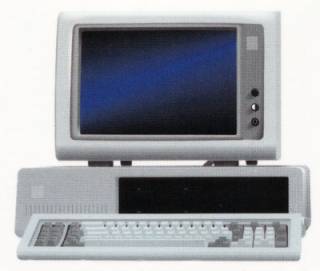Hi, all, can someone define exactly what the "hardware encoding/decoding" is meant to do in your Steam In-Home Streaming setup?
I am streaming from a higher-end rig (i5 4690k and SLI 970s) to a bare-bones HTPC (dual core Celeron, no discrete graphics) over hardwired gigabit (soon to be AC wifi as I will be moving it to another room).
Based on this setup, would enabling hardware encoding/decoding be advantages or not?
-R.

Log in to comment